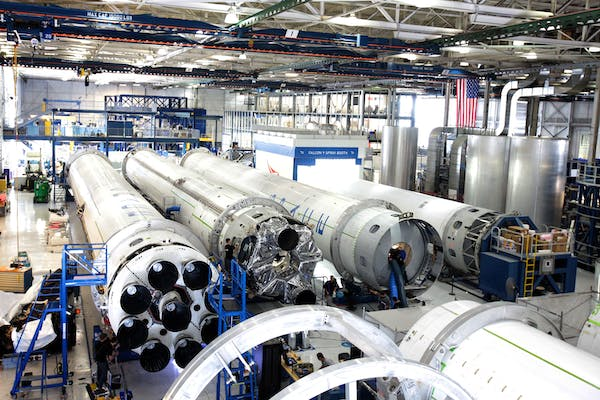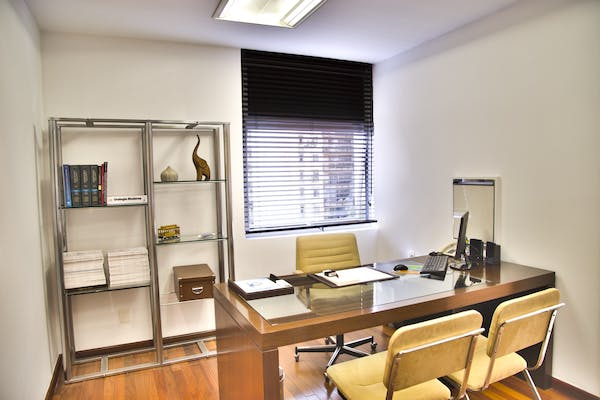While maintaining a proper relative humidity level is an important factor in any commercial or industrial environment, for some businesses it is absolutely essential. These include hospitals, clean rooms, wineries, greenhouses, tobacco manufacturing operations, art and antique dealers and collectors, cold storage rooms, food processing plants, ripening rooms and data centers, just to name just a few.
Any indoor environment where people work, however, would benefit greatly by having proper humidity control and HVAC humidifiers are an important consideration in the design of any building’s air handling system. HVAC humidifiers act to keep the air within a closed environment in good condition, alleviating the prospect of a variety of problems that are proven to cause ill health and also conserving the energy used in heating and cooling a space. Realistically speaking, all commercial HVAC systems need HVAC humidifiers as part of their system design and, while there are a variety of humidifying technologies from which to choose, there is only one ‘best’ system to fit an occupancy’s exact requirements.
Types of HVAC Humidifiers
HVAC humidifiers are classed as either warm mist or cool mist. Warm mist versions use a heating element to turn water into steam, which makes them the most expensive type to operate. Their energy inefficiency makes them one of the least popular methods currently available.
Cool mist technologies include:
- Evaporator
- Ultrasonic
- Impeller
- Decorrelation
All of these methods of introducing humidity into a space are based on the production of small water droplets through a variety of means and then mixing these drops with the air, usually through the use of a fan. What differs from one technology to the next is how the water droplets are produced, their relative size, the amount of energy required, the maintenance needed to keep each system operational and the overall quality of the humidified air being produced.
It’s All In The Size Of The Drops
Water evaporates from the surface of each water droplet a humidifier produces and the smaller the droplet size, the more efficient the evaporation process and the longer each drop will remain in the air. This is important for several reasons. Extremely small drops produce what is termed ‘dry fog,’ allowing the water to thoroughly mix with the atmosphere before reaching any of the surfaces located in the space being humidified. This alleviates ‘wet spots’ common to HVAC humidifiers that produce relatively large droplets. The ideal size for maximum water dispersion is 5 microns or less. Decorrelation technology, which uniformly produces droplets that are 4.2 microns in size, achieves total evaporation, thereby maintaining 100 percent water efficiency.
Other Benefits of the Decorrelation Process
In addition to 100% evaporation and dispersion, decorrelation also provides natural fumigation and sanitation. Each droplet produced is injected with oxygen, creating charged particles which naturally attract and then eliminate foreign material found in the air through the process of oxidation. This includes dust, bacteria, viruses and mold spores. These substances are eliminated while still airborne, producing a totally clean environment. Other technologies have the opposite effect on airborne particles. Rather than attracting and eliminating dust, mold and bacteria, they actually repel these particles, causing them to fall to the surface and accumulate.
For any application, in any type of space where humidification is desired, decorrelation is the best choice by far. These systems are also the easiest to install, the most energy efficient to operate and require the least amount of maintenance. There are no moving parts and they simply require filter changes once every two years.
Decorrelation is a patented humidification process developed by Smart Fog, Inc., recognized as the world leader in commercial and industrial humidification applications.





